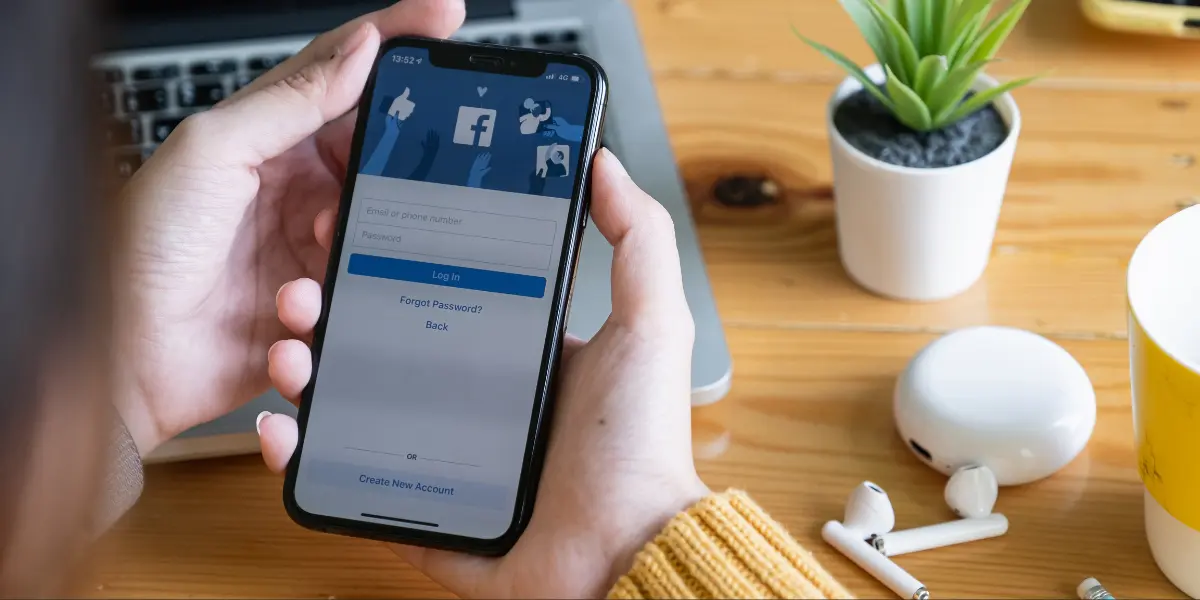Rhythm is one of the primary principles of graphic design. It has a dramatic effect on the overall quality of work you’ll produce. Correct usage of rhythm can allow you to guide the viewer’s eye through a composition.
In this guide, you’ll learn three simple ways to enhance the feeling of rhythm in your work. But first, why is it important?
What is Rhythm in Design?
As we mentioned above, rhythm is a fundamental principle of graphic design that can influence how viewers look through your work. It refers to the relationship between the various elements in your design.
On top of that, there are three usual ways in which rhythm manifests itself in graphic design, which are:
- Regular Rhythm: This utilises a repeating, predictable pattern to create a specific effect and lead the viewer’s eye through the composition.
- Flowing Rhythm: This form conveys a sense of movement through a composition. You can repeat specific elements throughout your composition in a pattern, which evokes the sensation of movement.
- Progressive Movement: Progressive rhythm is a combination of the regular and flowing rhythms. It begins with a uniform, predictable rhythm and gradually incorporates unexpected additional elements.
How to use Rhythm in Design
Now that we know what Rhythm is, and why it’s important, it’s time to look at some ways in which you can start using it in your designs.
Below you’ll find three easy-to-implement techniques that you can immediately start working with when creating content!
Work out the desired effect
Before creating a design, think about the emotion and reaction you want to evoke in your audience, and how you want them to read through your design. Different rhythms can evoke different feelings. If you want to present a professional image, regular rhythm is the best bet. However, if you want your viewers to feel excited, progressive rhythm may be the best option.
Select the elements to emphasize
Naturally, regular rhythm will likely feature elements that are all of the same size. The downside here is that you’ll have to look for other ways to emphasise the various elements of your composition. If you want to highlight one element above all the others, work with progressive rhythm and alternate the sizes of your most important elements to draw attention to each one individually.
Ensure correct scale.
If you’re working on a big design, it can be easy to get lost in the tiny details. It’s important that you’re regularly zooming all the way out and looking at the design as a whole. Doing this will ensure that all your elements have consistent sizing and work together to create a cohesive flow through the composition.
/
Now that you know how to use Rhythm in your work, it’s time to brush up on the other graphic design principles you have at your disposal. Luckily, we’ve got an overview of each one in our 12 Principles of Graphic Design infographic!






